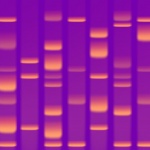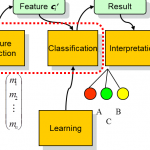
News • Replicas from the lab
Growing 'mini tumours' to personalise drug treatment
Testing cancer drugs on miniature replicas of a patient’s tumour could help doctors tell in advance which treatments will work, a major new study reports. The exciting new technique involves growing ‘mini tumours’ from biopsy samples – and could help end reliance on trial and error in selecting cancer treatments for patients where genetic tests are not predictive of response. Researchers…


























